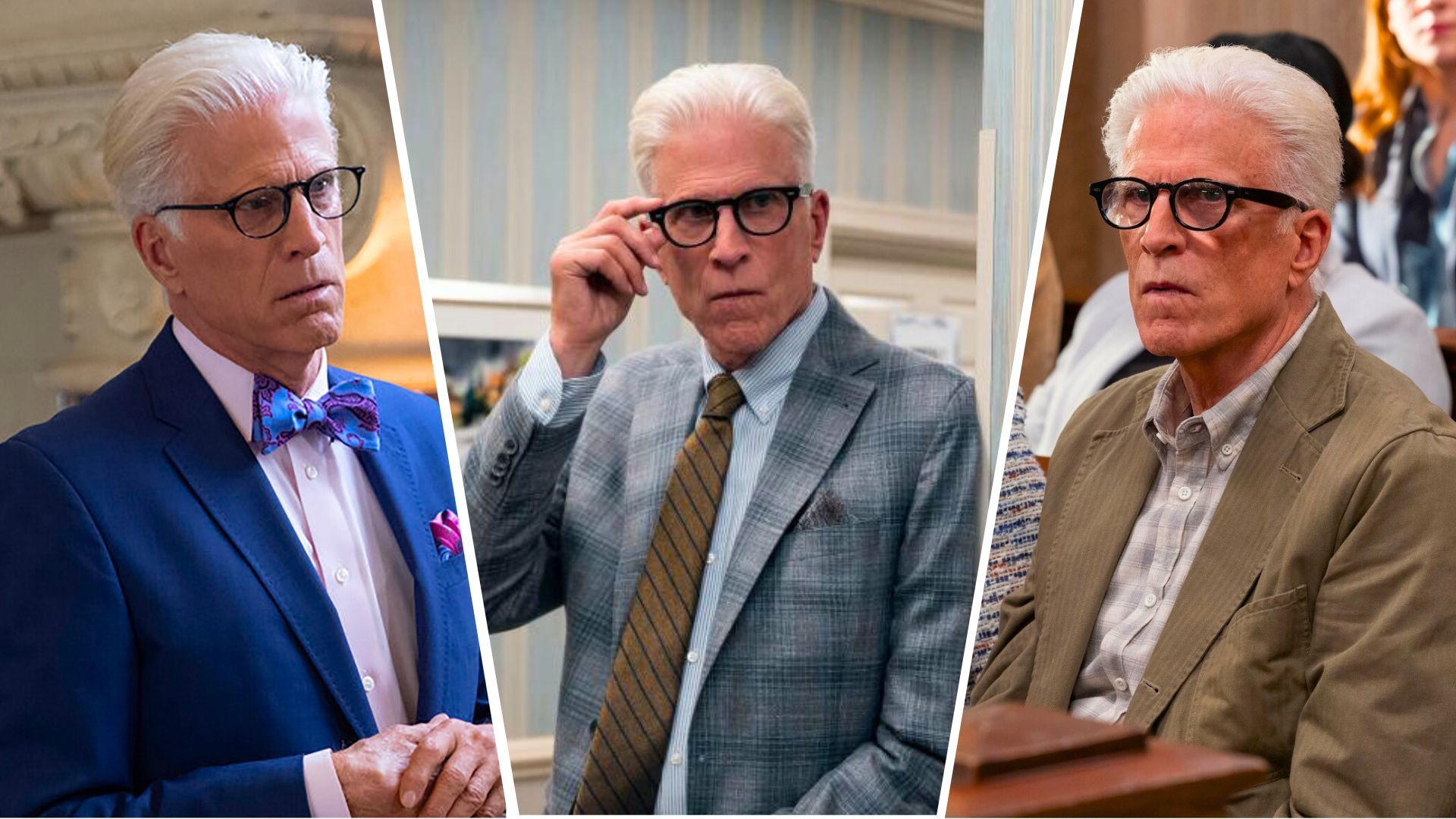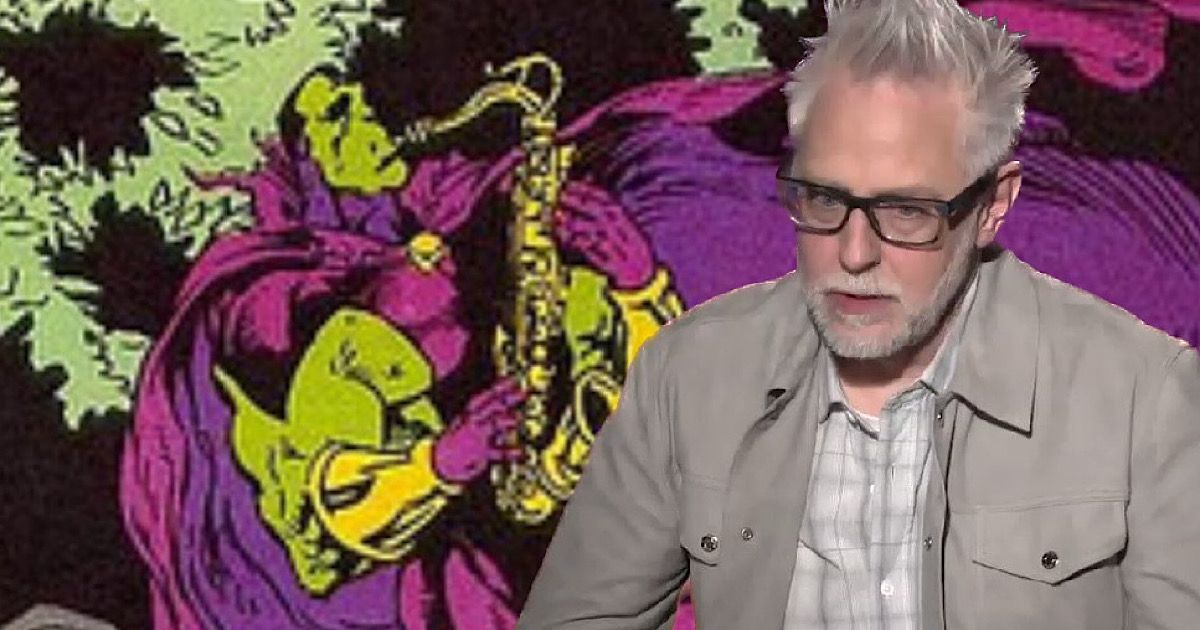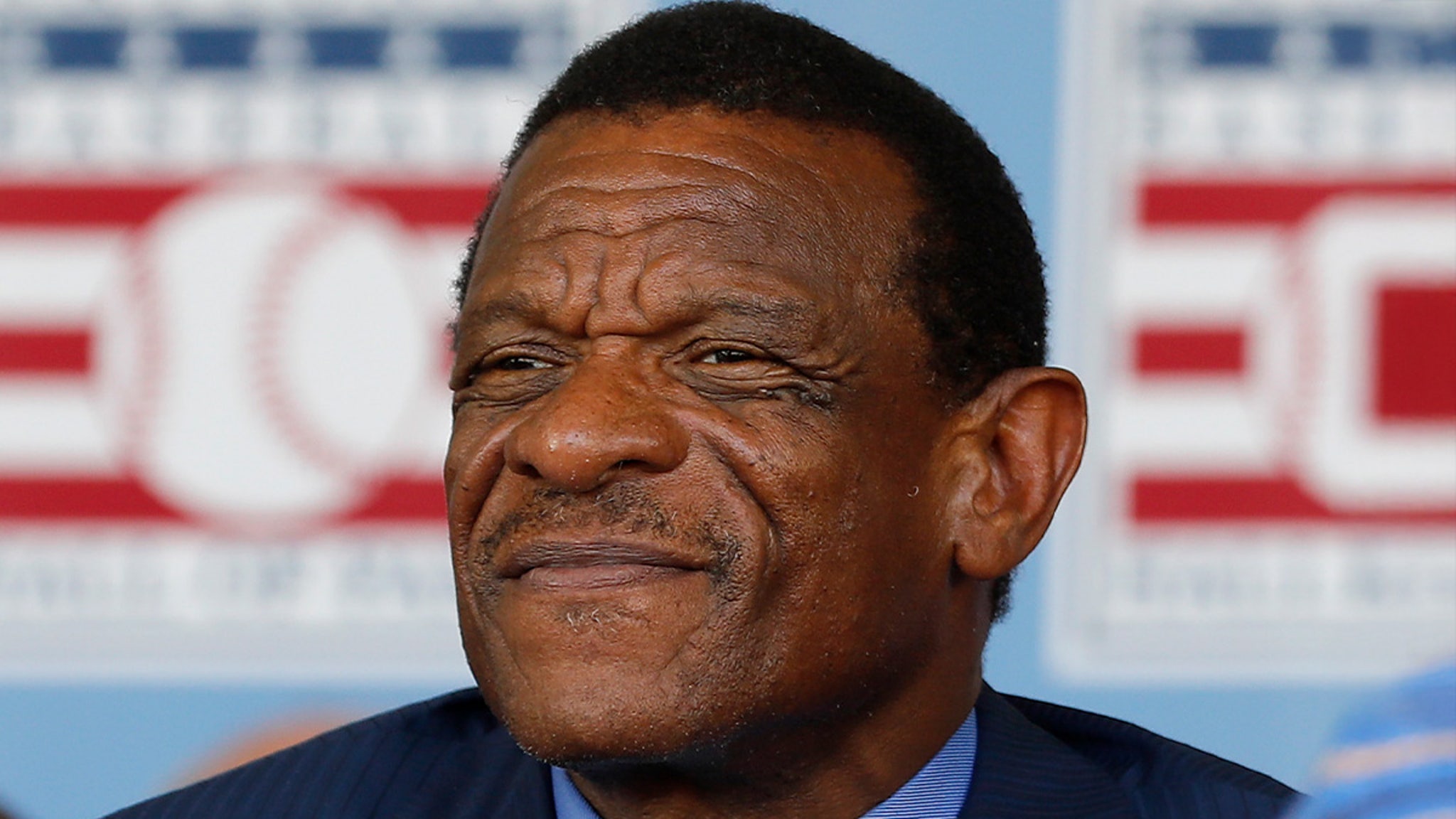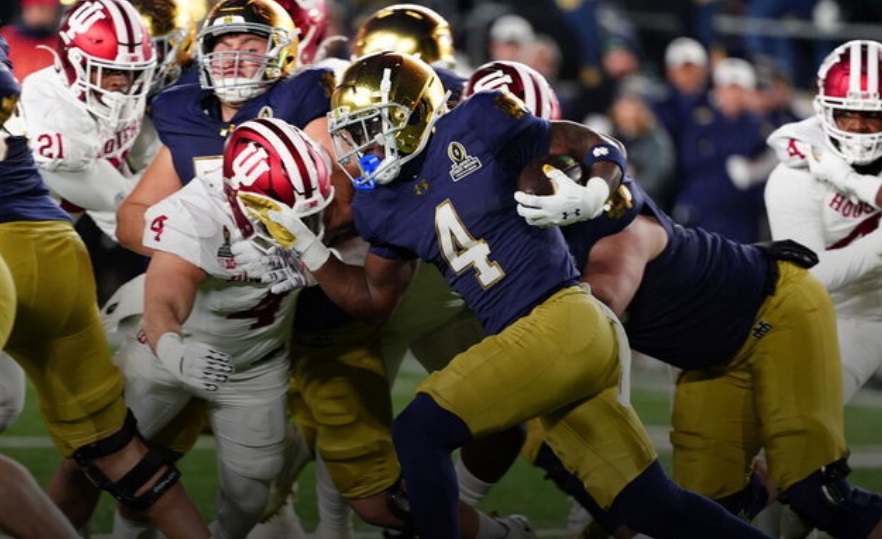And yet, while the film quickly disappeared from the charts, it did not vanish from the memories of those who did see it. In the years since its release, a reappraisal of “Blow Out” would begin to take hold, thanks in no small part to Quentin Tarantino, who would not only name it as one of his all-time favorite movies but cite John Travolta’s performance in it as one of the key reasons behind his decision to cast the actor in “Pulp Fiction” (1994). Between that, fading memories regarding the initial critical reaction, and the veneration that it received in the popular documentary “De Palma” (2016), the film’s reputation would greatly improve over time to the point where it is now generally regarded as arguably the controversial director’s greatest cinematic achievement. As someone who considers Brian De Palma to be his favorite filmmaker, I not only concur with this assessment towards a film that I have loved and admired since I first saw it nearly 40 years ago, I would go so far as to proclaim it both one of the finest American films of its era and one of my all-time favorites to boot.
Considering how the whole “Blow Out” saga would eventually turn out, it’s ironic to note that it began with De Palma at a high point in a career of many ups and downs. In 1980, he released “Dressed to Kill,” a highly controversial erotic thriller that proved to be a critical and commercial hit during a summer movie season in which many of the more highly anticipated offerings (such as “The Shining”) were being rejected. As a result, he was in a position where he could pretty much pick and choose what he wanted to do next. Although he considered other projects, including one inspired by the murders of labor leader Joseph Yablonski and his wife and daughter and, reportedly, “Flashdance,” he eventually settled on a script of his own, then titled “Personal Effects.” The project would move him away from the grisly thrillers he had become known for with films like “Carrie” (1976), “The Fury” (1978) and “Dressed to Kill,” with a story that would be a more serious-minded and adult-oriented and not nearly as gory. Renamed “Blow Out,” the script attracted the attention of Travolta, whose luster had dimmed slightly in the wake of the failure of the bizarre romantic melodrama “Moment by Moment” (1978) and the tepid response to “Urban Cowboy,” but who was still considered bankable at that point. With Travolta on board, De Palma was able to secure an $18 million dollar budget and the film was a go.
The opening scene is set at a girl’s college dormitory, late one night. Via an elaborate and extended Steadicam shot, we prowl around outside peering in the windows as the unwary residents get into all kinds of barely dressed mischief. A campus security guard begins peeping in on the fun as well, but it is then that we realize that we have assumed the perspective of a knife-wielding maniac who makes short and bloody work of him. The killer sneaks inside the building, manages to get around unnoticed until he gets to the showers (thankfully there is a sign reading “Shower” on the door) and attacks the girl inside, who responds with the weakest and silliest-sounding scream imaginable. We then discover that we’ve just seen the rushes for “Coed Frenzy,” a cheapo mad slasher movie similar to those clogging up multiplexes at the time this was being made. Echoing his fake-out opening from “Sisters” (1973), this brilliant sequence displays De Palma’s sardonic wit and scorn at the kind of gory trash that was all the rage, and which “Dressed to Kill” had been unfairly lumped in with in some quarters, as well as his unmatched skill as a visual stylist (with the singular exception of “Halloween,” none of the slashers from that era looked nearly as good as what we see). While some might argue that the sequence is little more than a gratuitous joke, it’s a clever setup for the story to follow while subtly underscoring one of its recurring themes—that we cannot always believe what we see even as it unfolds before our eyes.
You can view the original article HERE.




























